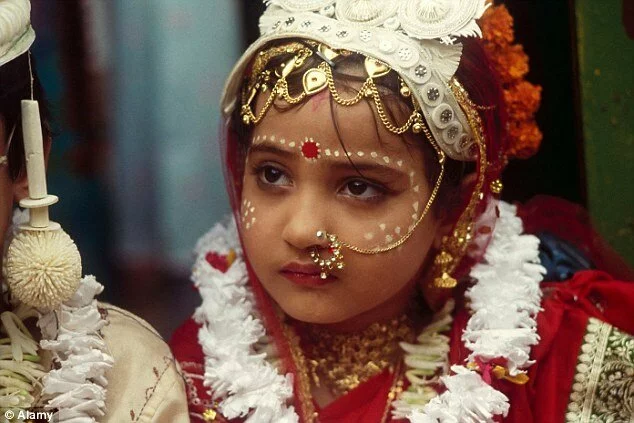Ph: +91 033 40715614 (M) +91 9830805572

By Somdatta Banerjee
Once Brigham Young, an American leader, said “You educate a man; you educate a man. You educate a woman; you educate a generation.” Education of women since ages has always been a contentious issue. Still now there are many Indian families where new born girl children do not live to see their next birthdays. Education for them is a far distant dream. In Haryana, the literacy rate (2011) for males is 85.38 percent and for females 67.91 percent. Thanks to the deep rooted age old notions of neglect of girl child as burdensome, preference of boys over girls, the prevailing dowry system etc. for which this disparity in education continues to be prominent.
Kamla(name changed) is a fifteen year old girl, who is the sole assistance of her widowed mother. She is elder to her two other siblings. She cooks, cleans, and cares for her younger sisters. Now an aunt of the neighbourhood is urging Kamla's mother to marry her off to a suitable boy in her village. Such is the predicament of the majority of impoverished children in India, not by choice but because of sheer misfortune. In an all India survey(2009) of out-of school children of age 5 and in 6-13 years age group carried out by Ministry of Human Resource Development, a gender-wise analysis revealed that higher percentage of girls were out of school compared to that of boys. However the proportion of out of school girls has decreased from 7.92% in 2005 to 4.71% in 2009. This is due to the strenuous efforts taken by the Government as well as non-Government organizations to address the crux of the question and trickle down the situation.
The Government of India has implemented tools like Sarva Shiksha Abhiyan (SSA) in 2001 and Right to Education (RTE) Act in 2009 to empower the girl children. The Ministry of human resources development (MHRD) alongwith the United Nations Children's Fund (Unicef) has drafted a 'National vision for Girls' Education in India - Roadmap to 2015' with an aim to build an all-inclusive approach towards girls' education in India, thus ensuring girls’ safety and a gender friendly school environment.
Among the NGOs, CRY (Child Rights and You), working since 30years to establish the fundamental rights of children, has made a rightful approach to take the bull by the horns. As per CRY reports, 1 in 4 girls in India are married between the age of 15 and 19 years. So the organisation came up with a campaign called “Click Rights” in 2012 to enable every underprivileged girl, who is either a school dropout or willing to go to school, to lead a happy childhood and reinstate their rights. Be it traffic signals or railway platforms, working in industrial belts or as household aid, there is one Iccha in every neighbourhood or locality. Iccha is a symbol of every disadvantaged girl, who has either left schools out of family compulsions or lack of financial hold, willing to have a life beyond miseries and a safe and sound livelihood. CRY rolled out the red carpet to the enterprise of turning the dreams of many “Icchas” into reality. The Right Volunteers ranging from IT professionals to college students came forward to capture various girl child rights issues through their camera lenses and share them on mobile, social networking sites like facebook, and hold deliberations to build a strong public opinion on girl child literacy. The initiative of CRY for opening out of education to girl children has broken the conventional image of photography, which now deals more with the pragmatic way of life .
Inspite of these laudable efforts, the gender gap in terms of literacy rate has not been reduced. The reasons may be attributed to various factors like child marriage, child labour, and domestic/household work. Without access to education, these women and girls will never claim and enjoy their rights and will never have the power to make their own decision, securing a life of dignity for themselves and their daughters. Economies will never develop without education for all women and girl. Finally the moral responsibility lies with the family and the parents to enroll their daughters to school. A school going girl or a child bride- what will be your response?
Date: 2016-09-13
Time:

